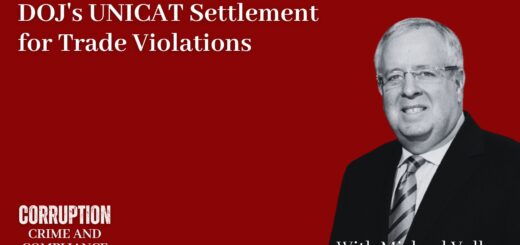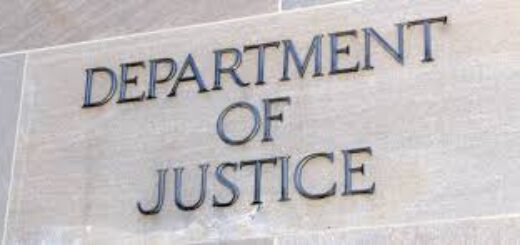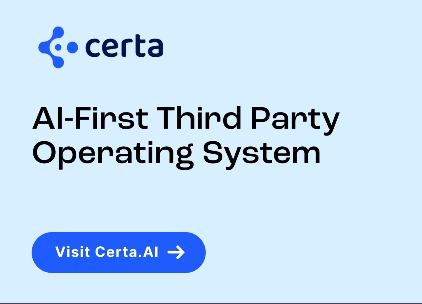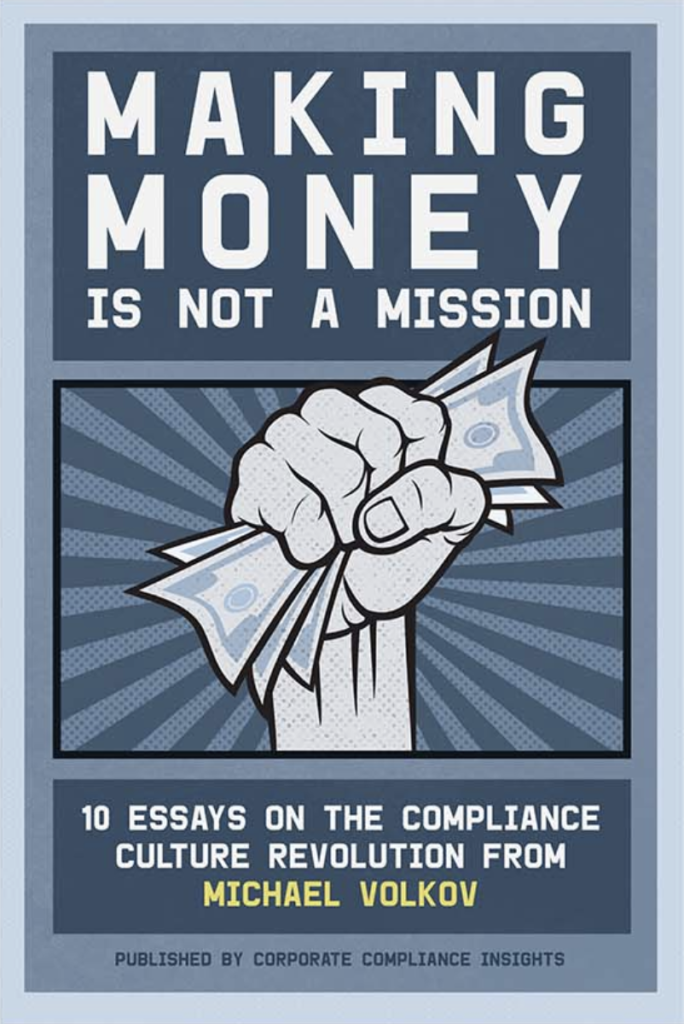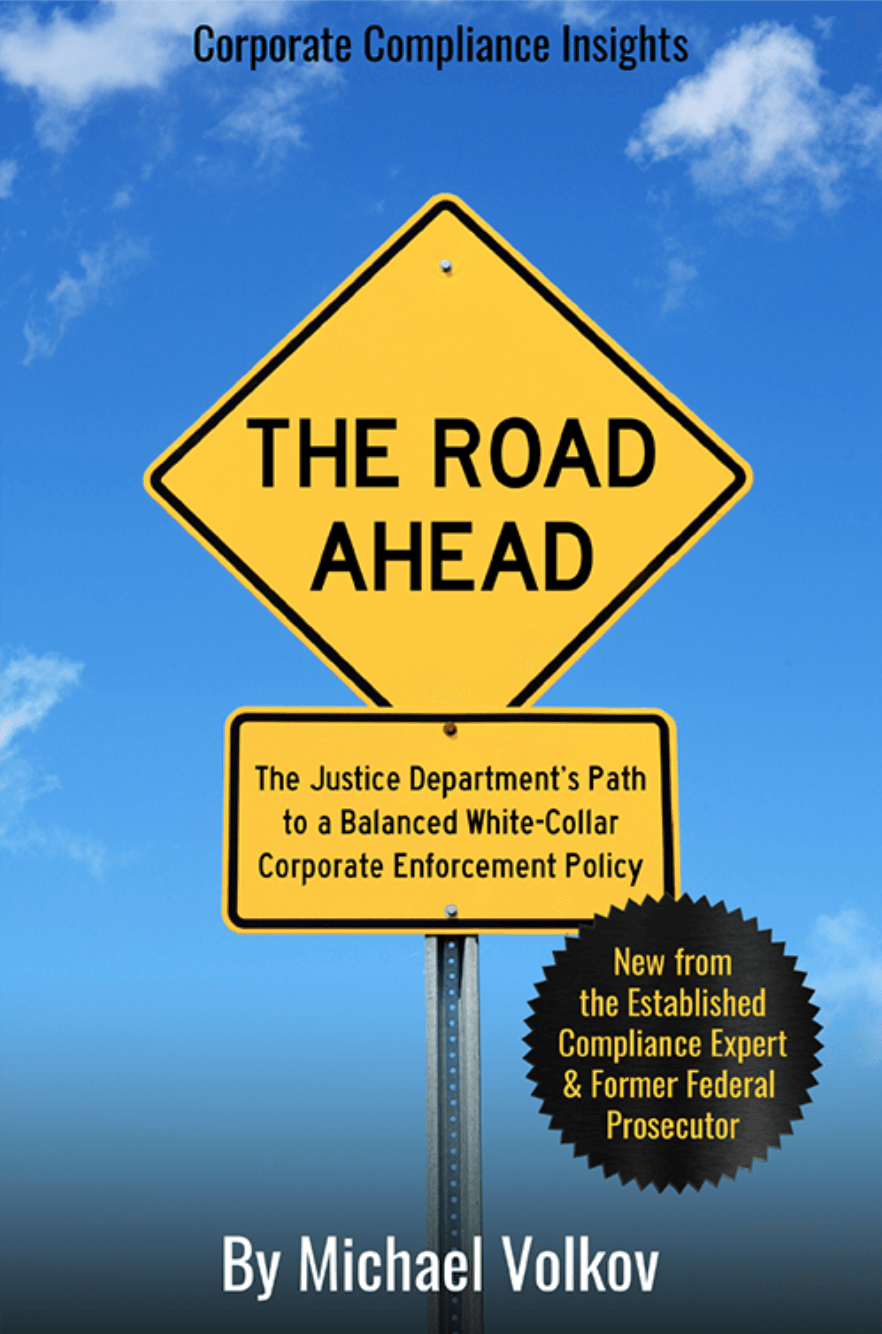Refocusing Due Diligence on Cartel and TCOs (Part I of II)

Companies face a dual challenge — the pressing need to unravel their supply chains, and the immediate task of recalibrating due diligence systems to examine potential presence of cartel and transnational criminal organizations (“TCOs”) in a company’s supply chain and distribution channel.
The Justice Department has adjusted its enforcement priorities to elevate the importance of prosecuting cartels and TCOs. This initiative will involve a two-fold strategy: direct prosecution of cartel and TCO members and indirect prosecution of money laundering and facilitators. In this second category is where global companies will fall.
Over the last five years, one of the most significant compliance trends has been the importance of assessing and monitoring supply chain risks. This is not an easy task — companies have to uncover parties in their supply chain, many of whom the company iare not in direct privity with the company. This has been termed the “Nth Party” risks by many compliance practitioners.
In order to uncover potential risks in a supply chain, a company has to consciously push down compliance contractual provisions and seek to impose compliance obligations on parties down in their supply chain. Years ago, companies engaged in this task with a specific focus on the existence of conflict minerals in a company’s supply chain. Since then, stakeholders and regulators have increased interest in corporate supply chains to ensure the absence of forced labor, child labor, human trafficking and other reputational risks.
With this focus on supply chains, the Trump Administration has elevated criminal and regulatory enforcement relating to the presence of cartels and TCOs. In this effort, companies will be subject to investigation for providing indirect benefits to cartel and TCO organizations.
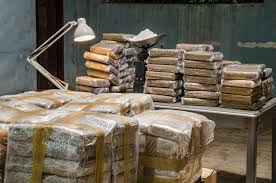
Cartel and TCO Risks
Cartels and TCOs exist in regions and industry sectors where government institutions may be weak and corruption is entrenched. Adding to these risk factors, are countries where illicit activities are profitable (e.g. drug trafficking) and law enforcement is unable to constrain cartel and TCOs’ activities.
Cartels and TCOs have established fentanyl and synthetic drug networks, particularly involving illegal transport of precursors from China to Mexico and eventually to the United States. In Venezuela and Myanmar, organized crime are often blended into government institutions. Cartels and TCOs rely on cryptocurrency accounts to transport profits across borders .
Cartels and TCOs exploit the financial system through money laundering activities, using legal businesses and external entities to hide their illicit profits. They also engage in bulk cash smuggling and illicit crude oil smuggling. TCOs are increasing their usage on the internet, dark web, and decentralized blockchain systems to conduct their activities.
Cartels are responsible for the more than 52,000 deaths annually from synthetic opioids in the United States. Further, a number of cyber and intelligence actors are targeting critical infrastructure, telecommunications systems, and media. Non-state groups are often enabled, both directly and indirectly, by state actors, such as China and India as sources of precursors and equipment for drug traffickers.
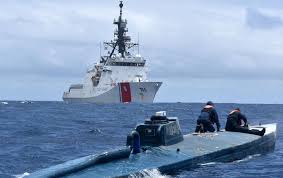
Some TCOs are producing and trafficking large amounts of illicit drugs and engaging in other illegal activities such as human trafficking, cyber operations, money laundering, and fraud.
The most significant hotspots include:
Latin America (e.g. Mexico, Colombia, Venezuela, and tri-border area (Paraguay-Brazil- Argentina): Mexico is home to powerful drug cartels (e.g., Sinola, Jalisco) that engage in drug trafficking, smuggling, money laundering, arms trafficking, cargo theft, extortion; Colombia still plays a central role in cocaine production, and illegal mining activities (gold, diamonds and rar earth) in regions; Venezuela resembles the closest narco-trafficking state, including the TCO Cartel of the Suns. Venezuela is a major corridor for cocaine, gold smuggling and human trafficking; and The Tri-Border area which includes groups involved in arms trafficking, and money laundering (e.g. Uruguay).
West Africa (e.g. Nigeria, Mali, Guinea-Bissau): This African region is a major hub for cocaine transport from Latin America to Europe. Jihadist terrorist groups have integrated into organized crime activities, especially in Mali and Burkina Faso. Nigerian syndicates operate sophisticated cybercrime and fraud schemes.
Southeast Asia (e.g. Myanmar, Laos, Thailand): The Southeast Asia region includes areas of significant production of methamphetamine. Chinese organizations are involved in narcotics, wildlife trafficking and illegal casinos. Wildlife trafficking involves ivory, exotic pets and other unusual animal items.

China is a well-known hub for precursor chemicals used in synthetic drug production and organized crime groups are involved in cybercrime, fraud and human trafficking. Fentanyl trafficking between China and Mexico and into the United States has grown significantly.
Eastern Europe & The Balkans: This region has significant presence of organized drug trafficking, human trafficking and cybercrime activities in the European Union. The Ukraine-Russia War has increased arms smuggling and black-market arms sales, along with organized crime activities.
The United States is the largest consumer market for narcotics and Mexican cartels have a strong operational influence within the U.S. for fentanyl, heroin and methamphetamine distribution. Canada has become a money laundering hub through financial institutions, real estate, shell companies and casinos.







